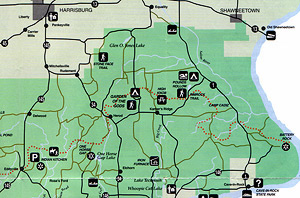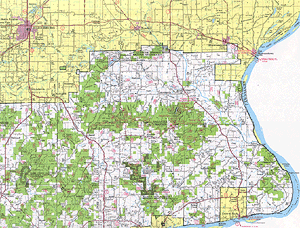A frequent, and often trying, challenge faced by interface designers is the balance between user-friendly (optimized for novices) and user-empowerment (optimized for experts). Though many initiatives are underway to develop dynamic interfaces that adapt to user skill levels and needs, the majority of software still sits on the fence by attempting to simplify or recede expert functions and augment functionality for novices. Of course, all of this becomes visual at the presentation layer of the interface and user-friendly emerges as visual simplicity, while user-empowerment results in information density.
“What I hope I’m most remembered for… is getting past the idea of user-friendly. I don’t think people want friendly computers. What they want is a sense of power to get their job done.” –Ben Schniederman
Consider an example from cartography. “Because maps are used for a wide range of tasks, their design varies considerably... the process of map-making involves the judicial selection of pertinent information.” (Colleen Bushell, Design Requirements for Hypermedia)
Both of these maps are of the same area, the Shawnee National Forest in Southern Illinois, but every aspect of their design is optimized for their end users. This includes the form factor (the tourist map folds up so it’s can be taken with you; the “expert” package can be posted on the wall for detailed examination), the personality (visual design is appropriate for the skill level of users), and the level of functionality (the amount of “features” available in the display). Effectively merging these two designs in a single interface is no easy task.

